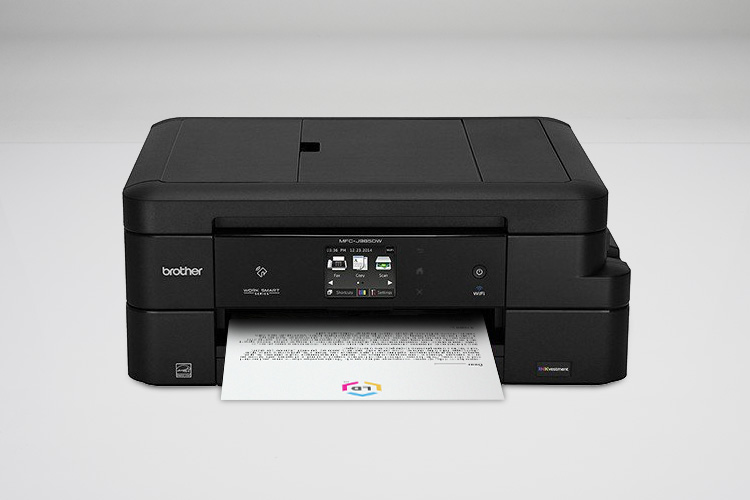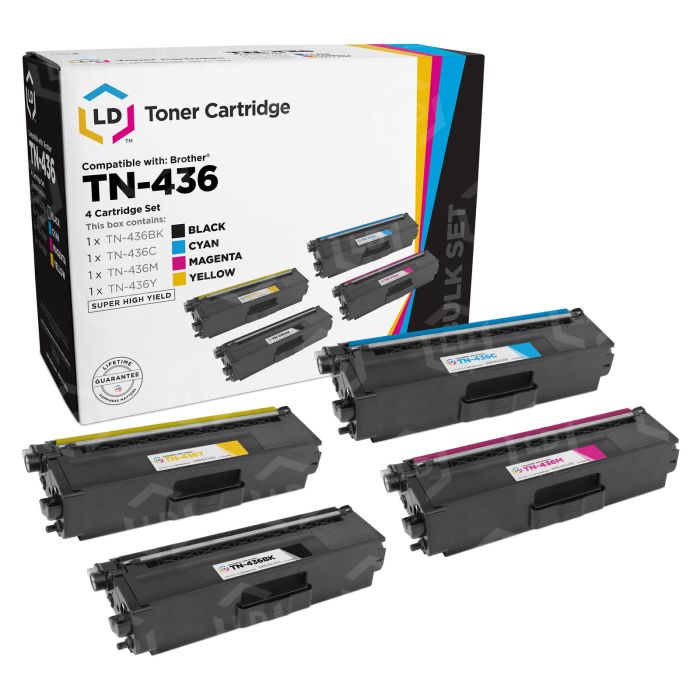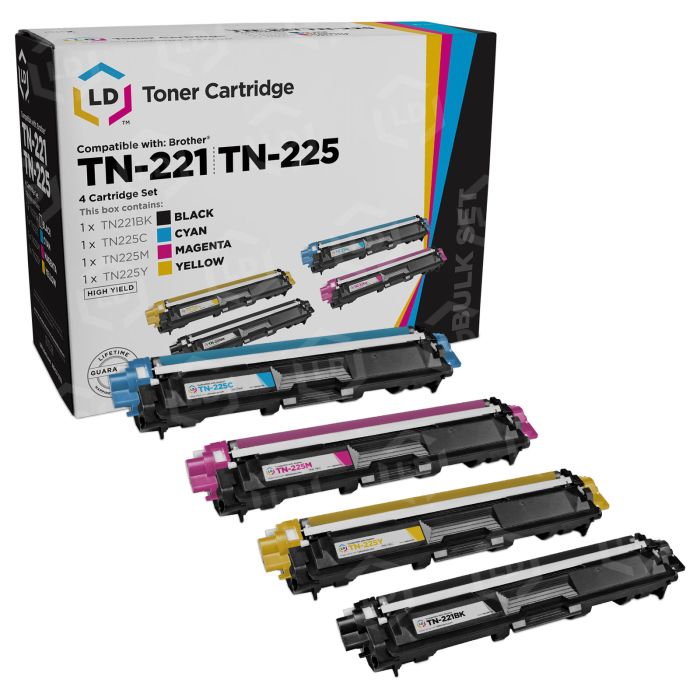Whether you’re running a small or medium-sized business, chances are you’re spending quite a bit of money on office supplies. What most managers fail to consider is how office supplies expenses can snowball if left unchecked. With a little bit of inventory monitoring and online shopping, it’s almost shocking how much money you can save. Here are some ways you can save your business money on office supplies.
Track inventory and have a list of what you need to buy.
Going to the store without first going over your current inventory of office supplies and planning out what you need is no way to go about stocking your office. Establish a game plan before you step out the door, and take a look at what you will need for the next week, month, six months. What items are you almost out of and which ones can wait? If you’re shopping to stock a new office, go conservative–it’s easier to get more later.
Shop around online before you buy.
One of the best things about online shopping is your ability to compare prices on dozens of items with the click of a mouse. If you don’t have an established supplier, look around before you choose who to receive your supplies from—and if you do, consider shopping around to see what kind of deals are available.
Look for specials and discounts.
For the occasional one-off item, double check to see if any retailers are running specials or sales. A coupon that saves you ten or fifteen dollars every couple weeks doesn’t sound like much, but it’ll quickly cover enough for a morale-boosting team pizza lunch. Good morale boosts productivity, which adds to your bottom line. Now that ten dollar coupon has indirectly led to an increase in sales (and, possibly, indigestion). Also, if you have an established relationship with a retailer, use your connections and ask if there are any discounts available for regulars, especially those who purchase in bulk.
GO BULK!
Buying the supplies, you use the most in bulk is one way to reduce your costs–that’s why consumers love going to Costco! Retailers incentivize bulk purchasing for nearly everything, which is one of the major advantages big corporations have over the little guy. Granted, you likely won’t need ten thousand reams of paper this month, but purchasing enough stock to save money rather than hitting Staples® every week can quickly bolster your bottom line. Of course it is not recommended that you purchase a lot of everything: bulk buy items you use a lot of, not supplies you use sparingly.
Buy generic.
Choosing generic brands when you buy office supplies is one of the more straightforward ways to save a dime. In most cases, the differences in quality are negligible or non-existent (or, occasionally, the off-brand product is better!) Buying generic is especially smart when shopping for expensive items, such as furniture and consumables. For example, generic ink cartridges for desktop inkjet and laser printers often cost half as much as name brand items with little or no noticeable difference in print quality.
Corporate accounts.
Establishing a corporate account with retailers not only builds out relationships, but it also helps you easily track what supplies you use the most. Using this information, you’re able to come up with creative ways to decrease your use, and subsequently your expenses. Tracking purchases through corporate accounts can also prevent supply theft, especially when paired with assigning your supply distribution duties to a trusted employee.
Check your credit cards for points or rewards.
Do the credit cards you use for business expenses offer points and incentives? Check if your credit card earns you bonus points, cash back, or miles whenever you shop office supplies. If it doesn’t, consider getting one that does.
Don’t forget about shipping.
If you plan on buying bigger items such as furniture or industry-grade printers online, be wary of shipping costs. Delivery for over-sized items can cost hundreds of dollars when not properly accounted for by the retailer—an expense that makes its way down to the consumer.
Consider used furniture.
Office furniture is one of the bigger expenses expanding enterprises encounter—and one that can result in some serious growing pains. Until recently, your furniture options whittled down to expensive new furniture or shabby used items, but that’s no longer the case. Refurbishing used office furniture is a booming business, and an excellent opportunity to get quality goods on the cheap. AllBusiness.com writes that “In addition to finding lower prices on some brand-name office furniture, you often get a warranty that is just as good as when it was new. From refurbished cubicles to refurbished work tables, you can find plenty of bargains from these types of dealers.” Refurbished furniture also helps minimize environmental impact by preventing waste and limiting the need for natural resources.
Reuse and recycle smartly.
Some companies will give you cash back for used technology, including laptops, tablets, smartphones, printer cartridges, and more. Before you toss something in the old technology closet—c’mon, we all have one—see if you can trade it in for credit or cash.
Don’t wait until you run out.
Running out to get something at the last minute isn’t just stressful—it also increases the likelihood that you’ll make impulse purchases you’d usually pass on. Sure, when you’re actively reducing the number of resources you’re using, it’s easy to find yourself high and dry between deliveries. If you see that you are running low on supply, there are two smart approaches available: actively reduce the amount you’re using until resupply, or plan out an emergency resupply before you run out. When running an emergency resupply, check to see if there are any other supplies you’re low on and save yourself in shipping (or a future trip). One way to prevent impulse buying is to make a list of what you need, much like going to the supermarket. When you know what you’re getting, and limit the time you spend looking around, you’re much less likely to get sucked in.
Good practices start at the top.
Above all, remember to model good practices for your workers. When you prioritize using less yourself, your employees are more likely to follow your leadership and use less themselves. Adopting a minimalist, use-what-you-need-only approach to operating your business from top to bottom limits the necessity of getting a lot of supplies from the start, especially when you’re first organizing your office practices. Breaking bad habits can be tough, but in the long run the savings (and smaller environmental impact) are well worth it.
Strategize where you buy.
Some places simply have better prices than others. Knowing where you can get the lowest prices for each office supply may seem like a lot of work since you have to shop at more places but the savings can snowball into substantial savings in the long run. But since you’re shopping for workplace supplies, there are more considerations other than price when it comes to choosing the right place to shop. You also need to think about quality, warranties, and customer service.
When it comes to furniture, look where you wouldn’t expect. More often than not, the new furniture available at brick and mortar retailers like Staples® may be found online for a lot less. E-commerce retailers who don’t specialize in furniture often get superb deals on chairs, desks, and custom items like standing desk .
Printer ink and toner constitutes one of the most expensive consumables small businesses have to deal with on a regular basis. Thankfully, there are several approaches small business owners can use to save money on ink, from buying compatible ink for inkjet printers to purchasing a network-ready printer designed to meet your office expectations. When shopping for generic ink cartridges, keep in mind that not every vendor maintains the same quality assurances. Be sure that you’ve chosen a reputable retailer before you buy. Take a peek at customer reviews and confirm that your chosen retailer’s quality standards guarantee and customer care are up to snuff.
Stocking your small business with necessities shouldn’t cost an arm and a leg. With a little planning, you can save bundles on your everyday cost without having to tighten your belt uncomfortably. Buying smart and only buying what you need are the first steps. Once you’ve got a handle on that, there’s a whole wonderful world of savings you can experiment with, adding to your bottom line and incentivizing thrift among your employees.













I agree that looking for online shops to compare process is a great way for you to maximize your money in terms of buying office supplies. I’m gonna be buying some office supplies next week, and I’m thinking of buying some unique and personalized stuff for my superiors. I’m thinking for personalized post-it note and swatch memos. I’m gonna look around from office supplies website now. Thanks for providing useful tips.
[…] might be surprised at how much you actually spend every month on office supplies. You may think that these are just small expenses, but when you add them all up, the total figure […]
Great tips! People tend to use more and more savings when they shop online, so these are some really helpful ideas are here in this blog thanks for share.
Ricky Smith, I agree with you thanks for your response.
[…] solid strategy for any purchase, including office supplies. Take note of your office inventory and see which items are used most frequently. Purchasing a larger quantity of these items at once can save you money and time by limiting the […]
[…] solid strategy for any purchase, including office supplies. Take note of your office inventory and see which items are used most frequently. Purchasing a larger quantity of these items at once can save you money and time by limiting the […]